Introduction

In the ever-evolving landscape of science and technology, the quest for human enhancement has transitioned from the pages of comic books to the laboratories of real life. While Captain America and The Hulk may dominate the realms of fiction, the pursuit of superhuman abilities has a tangible presence in scientific research. From ancient methods of physical augmentation to cutting-edge technologies like CRISPR gene editing, the dream of enhancing human capabilities persists. In this exploration, we embark on a journey through the history of human enhancement and delve into the intriguing possibilities that lie ahead.
A Brief History of Human Enhancement
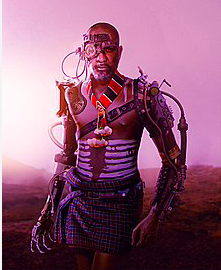
Human enhancement is a concept that has fascinated thinkers, inventors, and leaders throughout history. From physical tools and drugs to unconventional methods the pursuit of improving human capabilities has taken diverse forms. In contemporary times, visionaries like Bryan Johnson, with projects such as the Blueprint initiative, are pushing the boundaries to extend human life indefinitely. The convergence of CRISPR gene editing, nanotechnology, and wearable devices has ushered in a new era of possibilities for enhancing human potential. Rooted in this exploration is the philosophical movement of transhumanism, which envisions a future where advanced technologies elevate humanity to new heights.
Categories of Human Enhancement
Human enhancement can be categorized into three main groups: removable cyborg extensions, cyborg-humans, and technologies changing humans forever. Each category represents a different level of integration and permanence in the enhancement process. In this article, we dissect five fields where human enhancement could become a reality, exploring the potential impact on our lives and society.
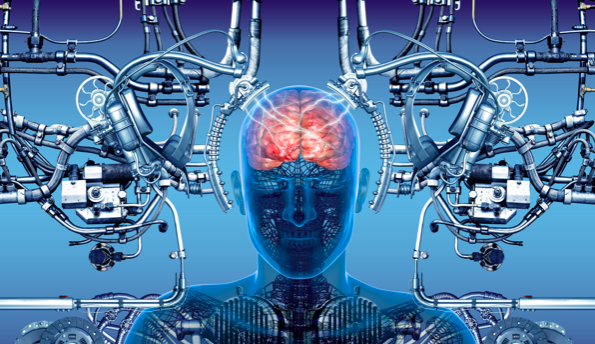
- Brainpower: The Neural Revolution
The concept of a microchip in the brain enhancing cognitive functions has tantalized imaginations since architect Nicholas Negroponte’s proposal in 1968. Elon Musk’s Neuralink has taken a bold step toward this vision, aiming to implant chips in the brains of individuals, allowing them to control devices with their thoughts. However, ethical concerns and the need for a cultural shift accompany such groundbreaking technologies. The development of brain-computer interfaces, as demonstrated by Synchron, offers a less invasive alternative with potential applications in restoring motor functions for paralyzed individuals and enhancing cognitive performance.

- Muscle Strength and Robotic Exoskeletons
The use of technology to enhance physical strength has sparked debates on cultural acceptance. While technologies like robotic exoskeletons offer hope to paralyzed individuals and amputees, the public’s perception varies when it comes to using technology for performance enhancement. The integration of AI-powered prosthetics and the expanding coverage of exoskeletons by health insurance highlight the evolving landscape of human augmentation.
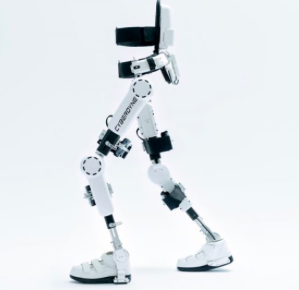
- Enhancing the Senses: Seeing Beyond Limits
Advancements in technology have the potential to supercharge human senses, from hearing aids with deep neural networks to AI-supported enhancements for the blind or deaf. The concept of temporarily or permanently augmenting senses extends beyond those with disabilities, ushering in a realm where technology reshapes how we perceive the world.
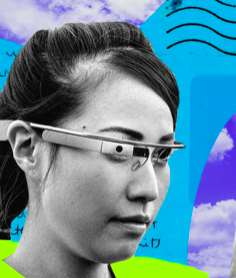
- Genetic Engineering: A Brave New World?
The realm of genetic engineering, epitomized by CRISPR editing, holds immense promise for treating diseases and unlocking new frontiers in human potential. However, ethical and moral concerns surround the manipulation of the human genome. While gene therapies for specific conditions gain acceptance, the prospect of editing embryos raises complex questions about the ethical boundaries of human enhancement.
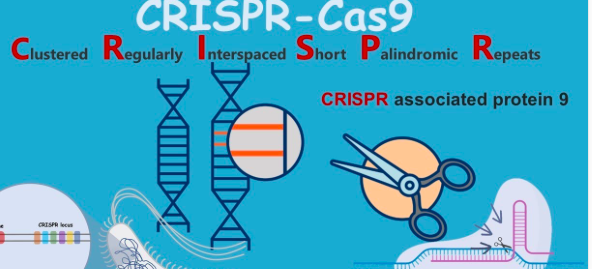
Conclusion: Navigating the Frontiers
As we stand at the crossroads of technological innovation and human ambition, the frontier of human enhancement beckons. The journey from ancient aspirations to modern-day scientific endeavors reflects a relentless pursuit of pushing the boundaries of what it means to be human. The convergence of disciplines such as neuroscience, robotics, and genetics opens doors to possibilities that were once confined to the realms of science fiction. While the path ahead is fraught with ethical dilemmas and societal considerations, the allure of becoming our better selves propels us toward a future where superhuman abilities may no longer be confined to the pages of a comic book but integrated into the fabric of our reality. As we navigate this frontier, the question remains: How far are we willing to go to unlock the full potential of the human experience?
To register for our next masterclass please click here https://linktr.ee/docpreneur



